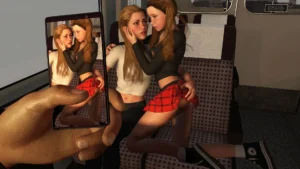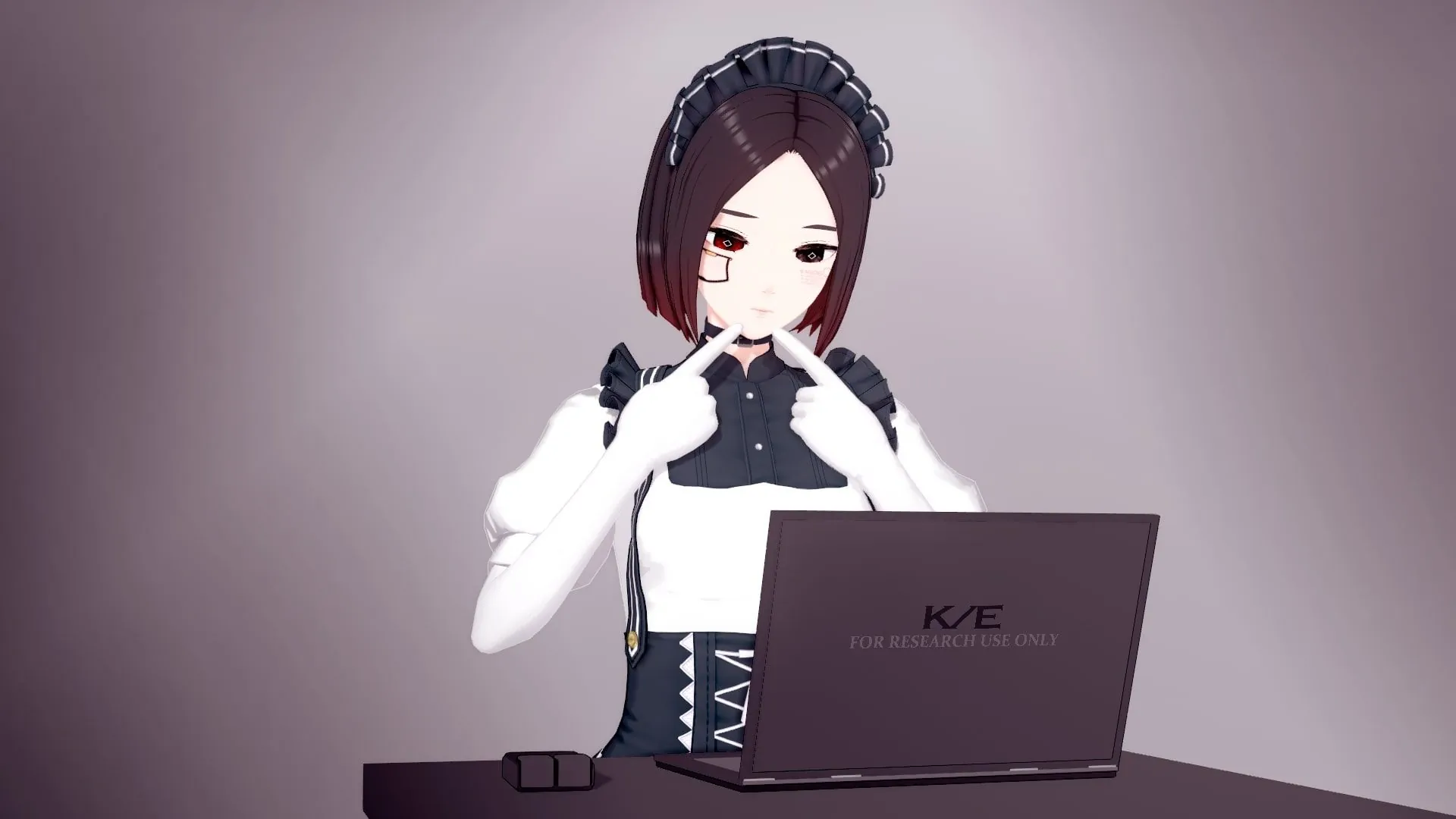
A Girl on a Train
Play A Girl on a Train
A Girl on a Train review
Explore Features, Gameplay, and Tips for ‘A Girl on a Train’ Experience
If you’ve come across the title ‘A Girl on a Train’ game, you’re likely curious about what makes this interactive experience unique. This article dives deep into the game’s core elements, exploring its storyline, gameplay mechanics, and what players can expect. Whether you’re new to this genre or looking to enhance your playthrough, this guide offers practical insights and personal tips to help you get the most out of ‘A Girl on a Train’. Let’s embark on this journey together and uncover what makes this game stand out.
Understanding ‘A Girl on a Train’ Game: Storyline and Gameplay
What Is ‘A Girl on a Train’ Game About?
Picture this: you’re commuting home after a draining workday 🚆, idly watching city lights blur past your window. Suddenly, you spot something unsettling through a stranger’s apartment window. That heart-pounding moment? It’s your first step into A Girl on a Train game storyline! 🕵️♀️ This narrative-driven game casts you as Maya, a disillusioned architect who witnesses a crime during her nightly train ride. The twist? Every detail you notice—or miss—reshapes the mystery.
I remember my first playthrough: I fixated on a flickering neon sign 💡, assuming it was irrelevant. Big mistake! That “insignificant” detail later became the key to unlocking a hidden alibi. The game masterfully blends suspense with raw human drama—Maya’s crumbling marriage, her obsession with the victim, and eerie parallels to her own life. The setting feels claustrophobic yet expansive, trapping you in train carriages 🚊 while your curiosity roams free.
At its core, the A Girl on a Train game storyline thrives on ambiguity. Is Maya an unreliable narrator? Can you trust her instincts? Your choices determine whether she’s a hero… or an accomplice. This isn’t just a thriller; it’s a deep dive into obsession and consequence.
Key Gameplay Mechanics and Features
Wondering how to play A Girl on a Train? It’s simpler than you’d expect! The A Girl on a Train gameplay centers on three pillars: observation, dialogue, and timed decisions. As Maya, you’ll:
– Scan environments during train sequences (zoom in on objects/passengers).
– Converse with suspects using branching dialogue trees.
– React under pressure—hesitate too long, and opportunities vanish ⏳.
What sets it apart? Every clue you gather becomes a “memory fragment” stored in your journal. Connect these fragments like puzzle pieces 🧩 to form theories. For example, linking a suspect’s tattoo to a crime photo might expose their lie. I learned this the hard way when I ignored a character’s coffee order ☕; turns out, it placed them at the crime scene!
Here’s a breakdown of core mechanics:
| Feature | How It Works | Player Impact |
|---|---|---|
| Observation Mode | Pause scenes to inspect details | Unlocks critical clues |
| Dialogue Choices | Select responses with emotional tones | Builds trust/animosity with NPCs |
| Timed Decisions | 10-15 second response windows | Creates urgency; locks story paths |
| Memory Journal | Connect clues via drag-and-drop | Reveals hidden plot threads |
This gameplay mechanics explained approach keeps things intuitive. You’re never just clicking mindlessly—you’re piecing together a living conspiracy 🎭. And yes, your theories can be dead wrong. My “brilliant” accusation once led to an innocent character’s arrest… oops! 🙈
How to Navigate Choices and Outcomes
Ready for the golden rule? Your decisions don’t just tweak dialogue—they rewrite entire chapters. Early on, I chose to comfort a grieving widow 🖤 instead of interrogating her. That “kindness” later made her slip crucial info no tough approach could’ve extracted. That’s the magic of interactive game choices here!
To master player decisions impact, follow these tips:
💡 Play blind first: Avoid walkthroughs! Authentic reactions lead to surprising outcomes.
💡 Embrace failure: Bad endings reveal clues for better runs. My “worst” ending exposed the real killer’s motive!
💡 Replay strategically: Focus on one character per playthrough (e.g., “Suspect A’s Alibi Route”).
The game hides four major endings based on two pillars: how thoroughly you investigate and who you trust. Side with the wrong ally? Maya might become the next victim 🔪. Trust evidence over emotions? You could jail an innocent. It’s deliciously brutal.
Remember: how to play A Girl on a Train isn’t about winning—it’s about uncovering layers. That quiet janitor you dismissed? His testimony can dismantle your entire case. Stay curious, question everything, and let the train’s rhythm fuel your detective instincts! 🚂✨
In summary, ‘A Girl on a Train’ offers a compelling interactive experience that combines an engaging storyline with meaningful player choices. Understanding the game’s mechanics and narrative structure can greatly enhance your enjoyment and allow you to explore multiple outcomes. Whether you’re seeking a casual playthrough or aiming to uncover all story paths, this game provides a rich and immersive environment. Dive in, make your choices thoughtfully, and enjoy the unique journey that ‘A Girl on a Train’ has to offer.















